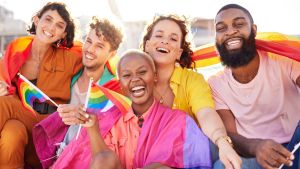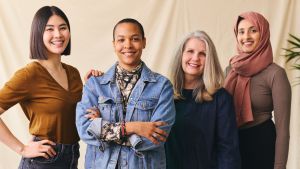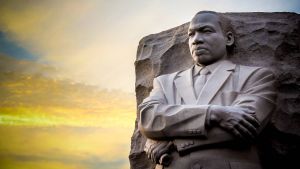We all have a favorite emoji. “Face with tears of joy.” “Red heart.” “Face with rolling eyes.” While using them in a formal work environment is still up for debate, many people enjoy using emojis in their day-to-day life. But there also appears to be something else most people agree on: According to a new study from Adobe, 83% of the public want emojis to strive for better representation as a whole, and 54% of individuals surveyed said they felt their identity was not reflected in the current library of emojis.
Based on these findings, Cynthia Silva of NBC News has reported that Adobe is partnering with the grassroots nonprofit Emojination to push for the increased development of more inclusive emojis.
Among the emojis most in demand are expanded representations of race, ethnicity, age and culture. Silva reported that up to 6 billion emojis are sent out via text and email each day — and those emojis aren’t just a wink or friendly smile.
“A majority of people of color and people from marginalized groups use emojis not only as a display of their own identity but as a form of representation,” Silva reported.
In a statement, Jennifer 8. Lee, a co-founder of Emojination, said “Adobe’s support has been critical to Emojination’s five-year push for more inclusive and representative emoji as it allows us to provide support to the passionate individuals who are pushing to see themselves and their cultures represented, which has resulted in emojis for a sari, hijab, boomerang, piñata, matryoshka doll, long drum, arepa and bubble tea.”
“The report surveyed users across seven countries including the United States, United Kingdom, Germany, France, Japan, Australia and South Korea,” Silva said. “It found customization options were important for people of color in the U.S. and U.K., with 85% of Black emoji users, 72% of Asian emoji users and 78% of Latinx emoji users saying they were likely to customize their icon. Nearly 7 in 10 global users who identify as LGBTQ were also likely to customize their emoji.”
While anyone in the world can propose the creation of a new emoji to the Unicode Consortium, the nonprofit that controls the emoji library, there are sadly limits to just how inclusive and diverse some emoji characters can be.
Adobe typeface designer Paul Hunt explained that because of how they are designed, and because they have to be able to be read on so many different devices, some emoji designs or customizations can become virtually impossible even when you are making an effort to be diverse and inclusive.
“When it comes to even smaller details, such as eye color, we are talking about manipulating just a few pixels, and it is difficult to do this in a meaningful way,” Hunt said.
That being said, he still wants to see the push for inclusion to continue, and he encouraged anyone to get involved if they had an idea that might aid in the efforts.
“If you have an emoji you would like to see or a personalization option you think should be implemented to make emoji more inclusive, there are allies and resources that can help,” Hunt said. “You do not have to go it alone.”
Related: For more recent diversity and inclusion news, click here.


















